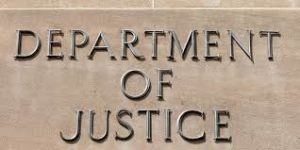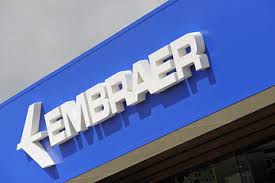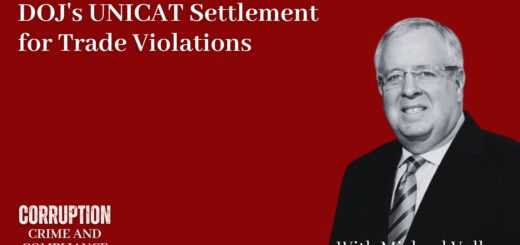Embraer Finally Lands $205 Million FCPA Settlement (Part I of II)
 After years of investigation, disclosures, and press reports, the Embraer FCPA case finally came to a close. Hopefully, we will not see more of these long-term, seemingly endless investigations. The Justice Department and the SEC have publicly committed to moving FCPA investigations more expeditiously.
After years of investigation, disclosures, and press reports, the Embraer FCPA case finally came to a close. Hopefully, we will not see more of these long-term, seemingly endless investigations. The Justice Department and the SEC have publicly committed to moving FCPA investigations more expeditiously.
In any event, Embraer settled its case for $205 million with the Justice Department and the SEC. The case itself has a number of important lessons to be learned.
Embraer used third-party agents to funnel bribes to government officials in the Dominican Republic, Saudi Arabia and Mozambique. Interestingly, the Justice Department and the SEC added facts and alleged internal control and books and records violations for retaining an agent in India under suspicious circumstances without specifically alleging bribery. Embraer earned more then $83 million profits by paying the bribes.
Embraer paid $107 million to the Justice Department as part of a three-year deferred prosecution agreement (DPA) and agreed to a corporate monitor. Also, Embraer paid $98 million to the SEC. Embraer also settled with Brazilian authorities for $20 million.
Embraer paid $3.5 million to a government official in the Dominican Republic through a sham agency agreement and the use of a shell company to secure a contract for eight military aircraft worth over $90 million. In Saudi Arabia, Embraer paid $1.6 million to an official at Saudi Aramco through a third party agent for a contract to sell three aircraft for $93 million. In Mozambique, Embraer paid $800,000 under a sham agency agreement to bribe a Mozambique official at the state-owned airline for the sale of two aircraft for $65 million.
Interestingly, in India, the settlement did not include facts relating to an actual bribery payment. Instead, the statement of facts outlined how Embraer hid roughly $6 million in payments to an agent, pursuant to a contract that was hidden in a safe deposit box in a Swiss bank, and how Embraer sold the Indian government three aircraft for $208 million.
The facts underlying this enforcement action are “classic” and blatant – bribes were negotiated at high levels of the company, payments were made through the use of third parties who provided nothing of value but were used for a single purpose, to transfer funds, and large contracts were secured as a direct result or as compensation for bribes.
I would not expect any individuals to be prosecuted in the United States since Brazil has charged eight individuals, and Saudi Arabia and the Dominican Republic have charged three individuals.
On the FCPA Pilot Program scorecard, Embraer earned a discount of only 20 percent from the bottom of the Sentencing Guideline fine range.
First, Embraer did not voluntarily disclose the conduct. The SEC issued a subpoena and Embraer cooperated with the investigation after receiving the subpoena.
 Second, Embraer cooperate with the DOJ and SEC investigation, conducted an intense internal investigation and shared non-privileged information collected from the investigation.
Second, Embraer cooperate with the DOJ and SEC investigation, conducted an intense internal investigation and shared non-privileged information collected from the investigation.
Third, and most interestingly, Embraer did not receive credit for remediation. From what we can glean from the statements, Embraer’s failure was the result of its decision not to discipline a high level executive who was at least aware of the bribery payments and failed to act to stop or prevent the bribery. Embraer’s decision not to discipline this individual is inexplicable but sends an important message to companies in how to implement appropriate remediation.















